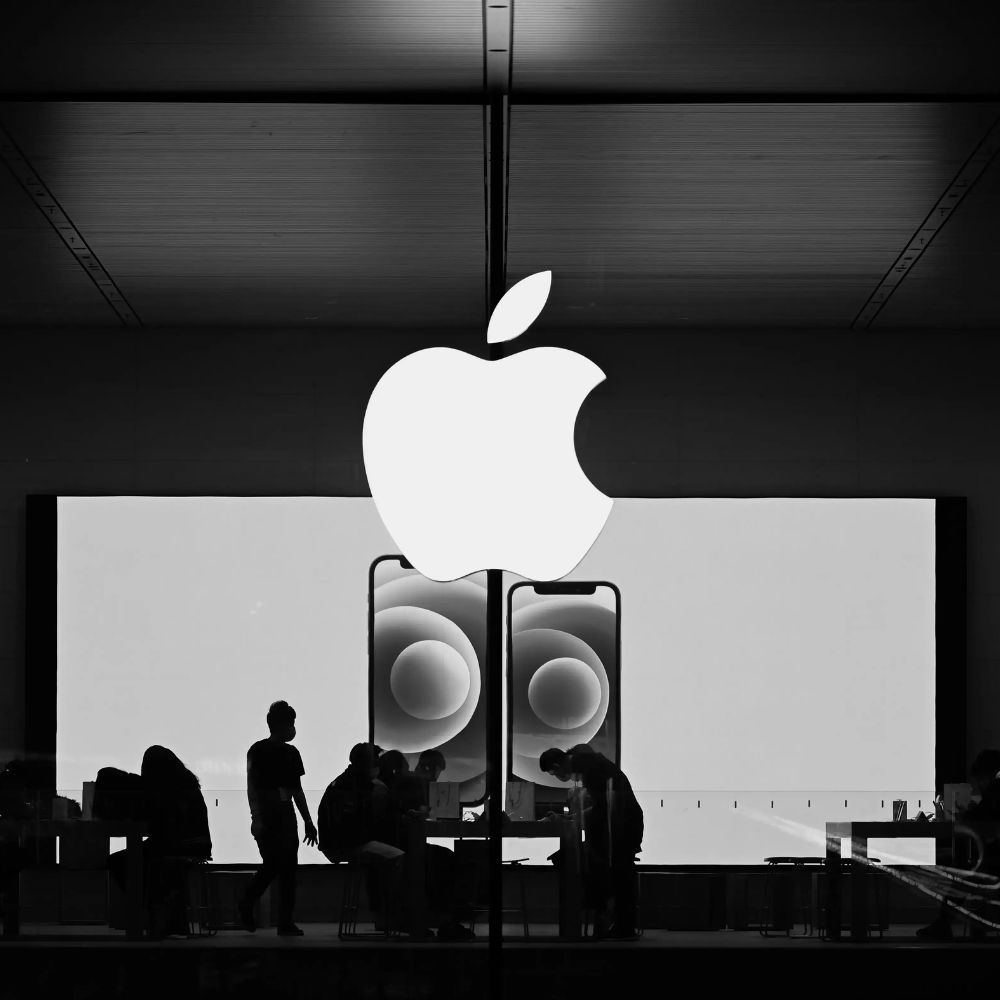Apple Increases its iPhone production in India, making almost 7% of its iPhones there. The company is now exploring ways to reduce its reliance on China, and with the tensions between the US and China escalating, this could be a wise move. Apple’s production partners have been adding assembly lines at a rapid pace over the past year, but this has its own problems, with Foxconn’s main “iPhone City” complex in Zhengzhou suffering chaos, which has led to vulnerabilities in Apple’s supply chain.
The Move to India

The Indian Prime Minister, Narendra Modi, has been dishing out incentives to boost local manufacturing, and this has helped Apple to make a significant move into the country. Of the total production in India, Apple exported $5 billion of iPhones in the year ended March 2023, which is almost four times as much as the previous period. Apple will likely try to manufacture the next iPhones in India at the same time as in China, sometime in the fall of 2023, and if the aggressive expansion of its suppliers continues, Apple could assemble a quarter of all its iPhones in India by 2025.
The Heart of India’s Ambitions
Apple’s push into India has helped place the company at the heart of India’s ambitions to become a major manufacturing hub and alternative location to China. The country represents a fount of future growth for Apple company, at a time when the Chinese economy is sputtering after years of punishing Covid Zero restrictions. The migration of iPhone production represents an economic triumph for India and could have implications for how other US brands plan their futures.
Apple Lobbying for Incentives
Even before last year’s iPhone City flare-up, Apple recognized the need to diversify its supply chain. The company successfully lobbied for incentives in India and pushed suppliers Foxconn company, Wistron Corp., and Pegatron to ramp up locally. The trio, which together employ some 60,000 workers in India, make models ranging from the aging iPhone 11 to the latest iPhone 14 in the country.
Apple’s Manufacturing Chain
Apple is among the world’s most exacting when it comes to manufacturing. Its production chain encompasses hundreds of companies across the world and employs millions, many of that now in China. However, reducing exposure to China’s dominance in the technology supply chain built over decades will face significant challenges.
The Future of Apple
Apple will open its first two retail stores in India next week, one in the financial hub of Mumbai and another in the capital New Delhi. Chief Executive Tim Cook is scheduled to fly in to personally inaugurate the two stores, underscoring the domestic market’s rising importance. Cupertino, California-headquartered Apple has also sought changes in India’s labor laws as part of its effort to expand local production and create mega factories. Its largest contract manufacturer, Foxconn, plans to invest about $700 million in a plant in a southern state to make phone components and possibly iPhones.
Challenges in Reducing Dependence on China
While geopolitical tensions, as well as government and company policies, are spurring nascent moves to diversify geographically, it will take years of investment to significantly untangle China’s complex, efficient, and skilled supply chain from semiconductors to hardware to assembly. Reducing dependence on China’s dominance in the technology supply chain will face significant challenges, but it is a move that many companies are considering in light of the geopolitical situation.
Final Thoughts
Apple’s move into India is a significant one and could be the start of a trend for other US brands looking to reduce their dependence on China. The challenges of reducing dependence on China’s supply chain will be significant, but with the right policies and investments, it is possible to reduce this dependence by up to















